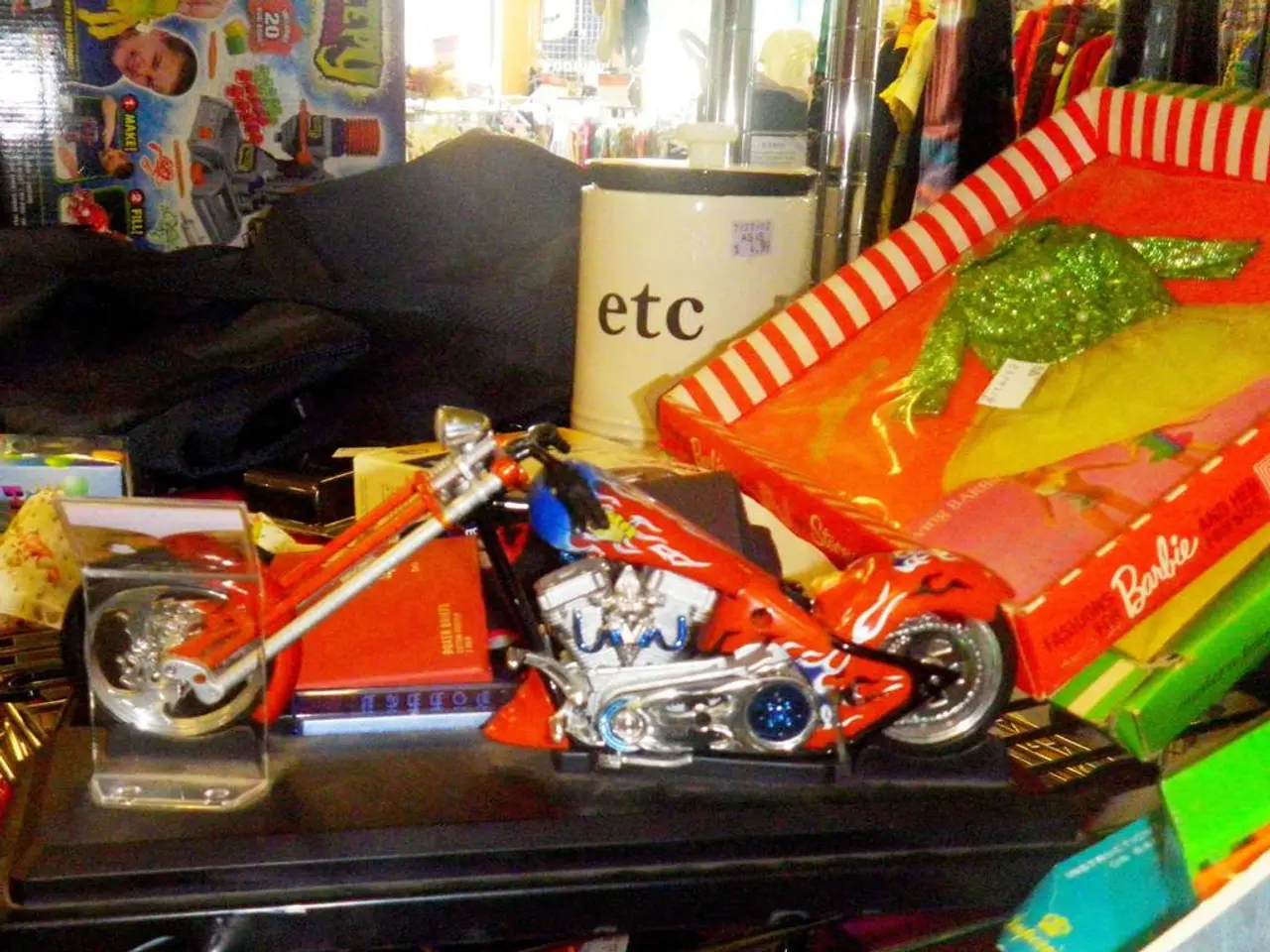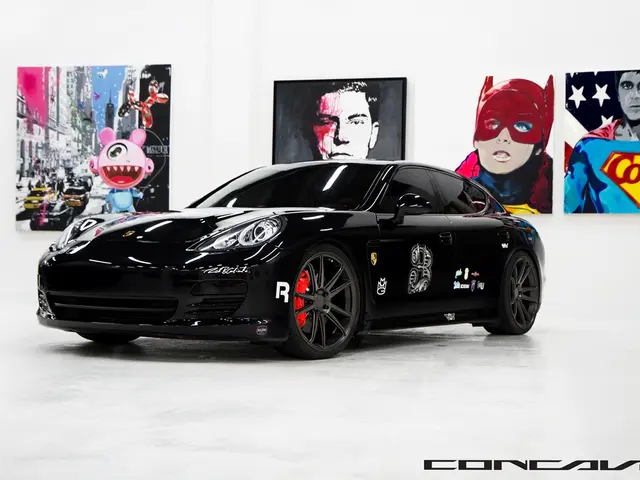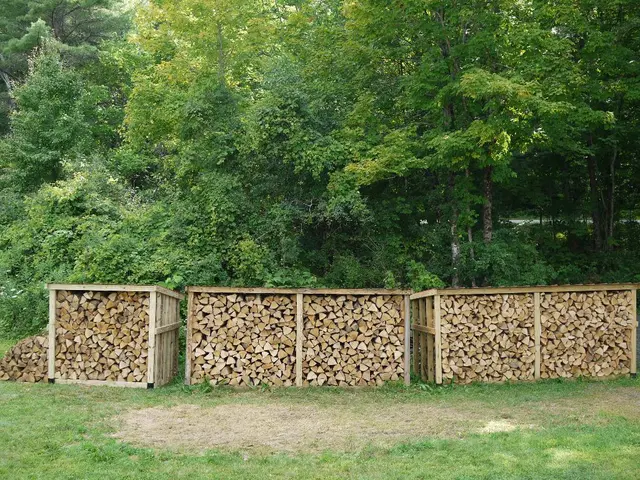Ironed Toy Boxes Made from Cardboard Waste: A Pressing Task
By Douglas R. Kelly
February 2025
In the world of collectibles, receiving a damaged box can be as disappointing as finding a scratched antique. Such was the case for me when I received two damaged boxes, one for a Hubley Jaguar and one for a rare British toy called The Crystal Car.
The Crystal Car, a four-inch plastic toy, is incredibly scarce, and I had never seen one before. I had acquired it through Vectis Auctions in the U.K. in November. The box, however, was another story. The lid was seriously bent before the ironing process, and I found myself seeking advice from Andrew Ralston, a toy car expert, on how to remove creases and warps from vintage boxes using an iron.
Before diving into the ironing process, it's crucial to assess the material of the vintage toy box. Vintage toy boxes might be made of cardboard, thin wood, or coated paper. Identifying the material helps avoid damage from heat or moisture.
Avoid applying a hot iron directly on the surface, as heat and moisture can cause further warping or damage delicate finishes. Instead, place a thin cloth (such as cotton or muslin) between the iron and the toy box surface to diffuse heat. Use the iron on the lowest possible setting, ideally with no steam or moisture, to gently warm the creased areas.
Light pressure only is needed while moving the iron slowly over the cloth covering the crease. Lay the toy box on a flat, hard surface during the process for even support. Always test the iron on a small hidden area first to ensure no discoloration or damage occurs.
For severe warps or creases, humidifying the area slightly with a damp cloth (without saturating) before gently pressing flat may help. However, use caution as moisture can weaken vintage cardboard or paper. If the vintage toy box is valuable or fragile, consulting a professional conservator experienced in vintage toys or paper artifacts is recommended.
My experience with The Crystal Car box lid was a success. The creases were gone, thanks to a paper and towel sandwich and several passes with an iron. The Hubley Jaguar box, on the other hand, presented a more significant challenge. The bent end flaps could not be fixed by gentle thumb and finger pressure. The ironing process worked, but the originality of the boxes remains unchanged.
Incomplete boxes with missing flaps or holes are easier to accept than complete boxes that are damaged. After all, the joy of collecting lies not just in the item itself but also in the hunt for that elusive treasure.
As always, I invite readers to share their opinions on the subject of ironing antique boxes. Whether you're a seasoned collector or a curious beginner, your insights are valuable.
Douglas R. Kelly is the editor of Marine Technology magazine. His byline has appeared in Antiques Roadshow Insider, Back Issue, Diecast Collector, RetroFan, and Buildings magazines.
- By following the steps to assess material and using a low-heat iron with a cloth barrier, you can preserve the integrity of your home-and-garden or home-improvement project, such as restoring a damaged antique toy box.
- If you cherish vintage items like home decorations, home-improvement projects, or collectibles, learning how to remove creases and warps from vintage boxes using an iron could be an essential skill for maintaining the charm and elegance of your lifestyle.




